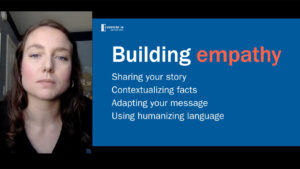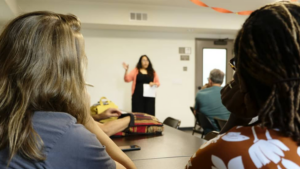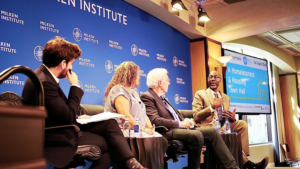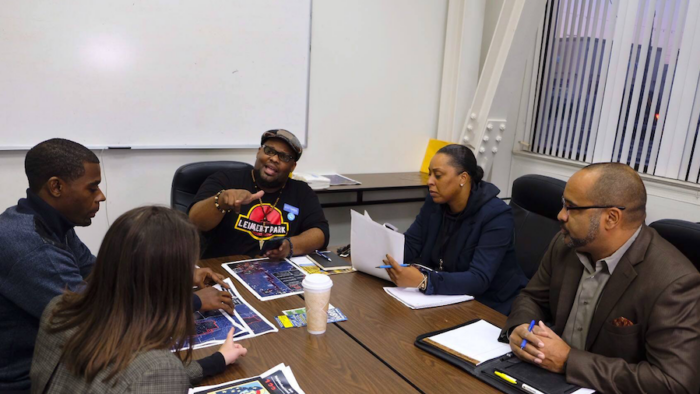More on This Episode:
There are a number of stigmas and myths about homelessness that are widespread and deeply felt.
They often are the biggest barrier to our work. But we can fight them by spotting them, understanding where they originate, preparing to respond to and neutralize them, and avoiding perpetuating them.
Given the prevalence of these stigmas, we’re bound to encounter them. Not everyone who repeats them is inherently hateful or incapable of unlearning them.
In order to redirect a question that repeats or reinforces a harmful stigma or perpetuates misinformation, we can address the issue, provide accurate information, and model empathy.









